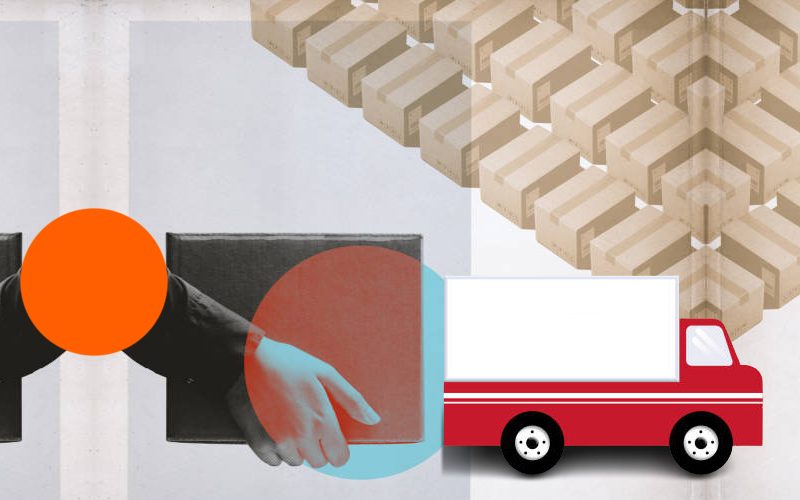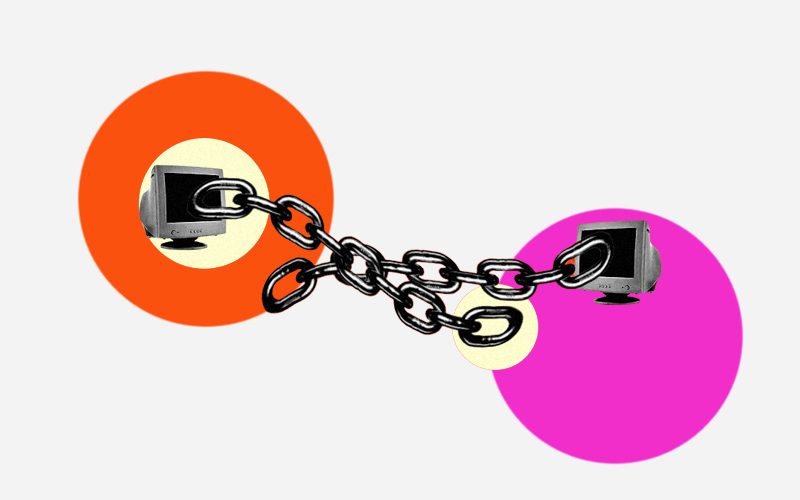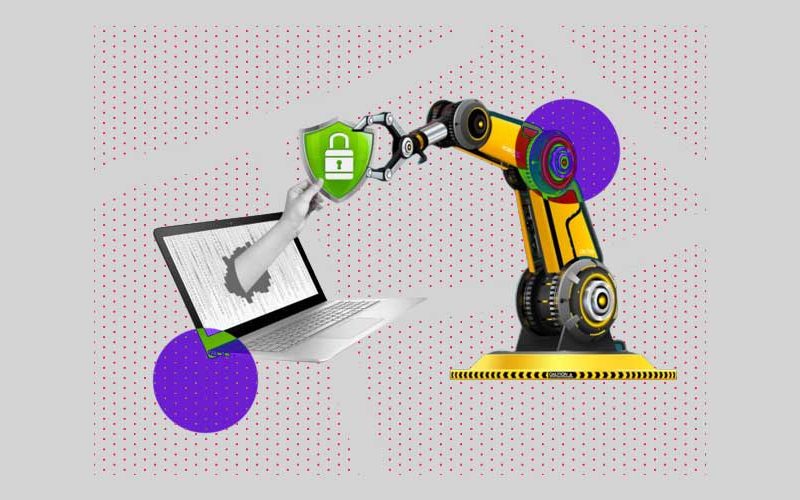Navigating the intersection of urban planning and transportation systems
Urban planning and transportation systems are integral components that define the fabric of modern cities. The seamless integration of these two elements not only shapes the physical landscape but also influences urban environments’ livability, sustainability, and functionality. This article comprehensively explains the intricate relationship between urban planning and transportation systems, highlighting their significance in creating sustainable cities and improving residents’ overall quality of life.
As urban populations grow and cities become hubs of economic and social activities, the importance of efficient urban planning and transportation systems cannot be overstated. The interaction between urban planning, which encompasses land use, infrastructure, and development, and transportation systems, which facilitate movement and connectivity, plays a pivotal role in shaping the urban experience. By understanding how these components intertwine, we can gain insights into the key factors contributing to modern cities’ success and vitality.
Urban Planning:
Urban planning involves strategically allocating land and resources to optimize the functionality and livability of urban areas. It encompasses various aspects, including zoning regulations, land use policies, public spaces, and infrastructure development.
Transportation Systems:
Transportation systems encompass the networks, modes, and facilities that enable the movement of people and goods within urban areas. This includes public transportation, roads, bridges, railways, cycling lanes, and pedestrian walkways.
Influence on Sustainability:
1. Efficient Land Use:
Effective urban planning ensures the land is utilized optimally, reducing urban sprawl and promoting compact development patterns. This, in turn, minimizes the need for extensive transportation infrastructure and supports sustainable growth.
2. Public Transit:
Integrated transportation systems with reliable public transit options reduce dependence on private vehicles, curbing traffic congestion, air pollution, and greenhouse gas emissions.
3. Mixed-Use Development:
Urban planning that encourages mixed-use development fosters walkability and reduces the need for long commutes, thereby decreasing the carbon footprint.
Enhancing Quality of Life:
1. Accessibility:
Well-designed transportation systems provide residents easy access to essential services, education, healthcare, and recreational opportunities.
2. Reduced Commute Times:
Efficient transportation systems minimize commute times, giving individuals more time to spend with family, engage in leisure activities, or pursue personal development.
Challenges and Solutions:
1. Congestion:
Traffic congestion is a major challenge in urban areas. Solutions include investing in public transit, implementing congestion pricing, and promoting carpooling.
2. Environmental Impact:
Transportation is a significant contributor to air pollution and greenhouse gas emissions. Adopting electric and hybrid vehicles and improved cycling and pedestrian infrastructure can mitigate environmental impacts.







